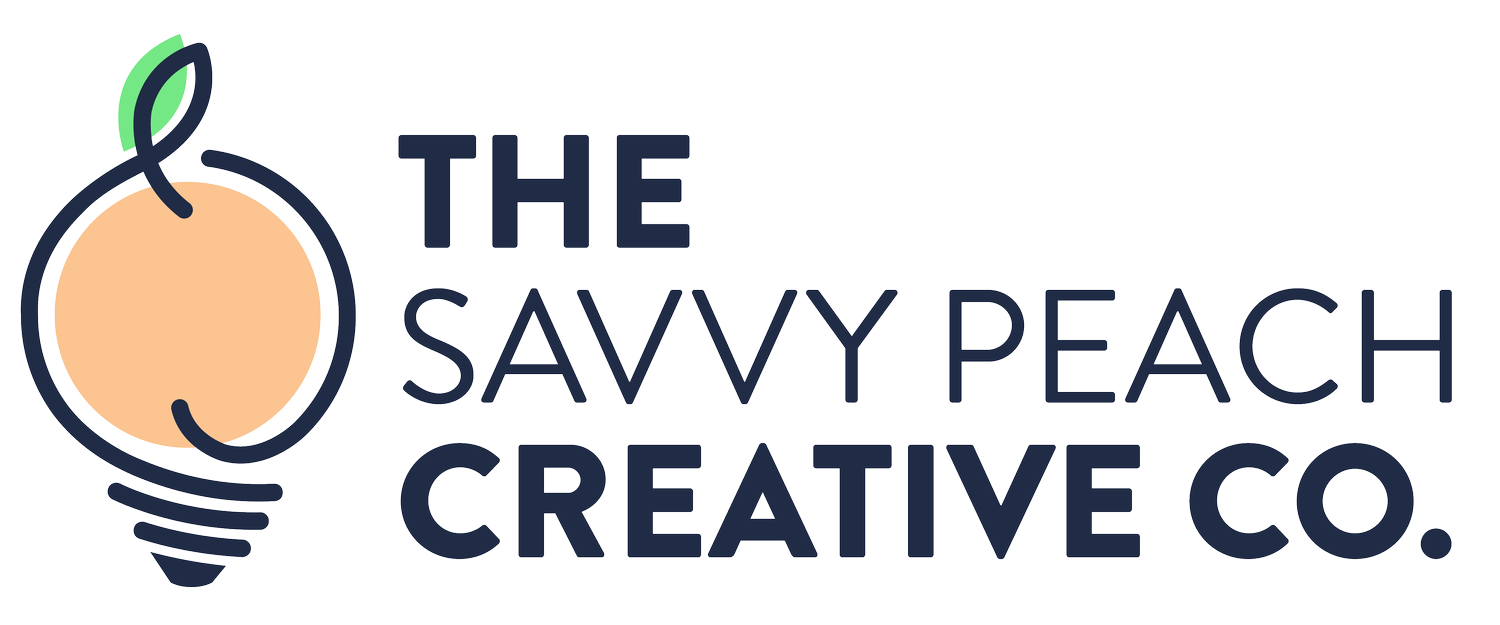Spring, Summer, Fall, Winter: Is Your Strategy Shifting with the Seasons?
What works in summer might fall flat in winter—literally.
If you’ve ever wondered why your marketing efforts seem to soar during some months and feel stagnant during others, the answer might be simpler than you think: your strategy needs to change with the seasons.
Seasonal shifts influence more than just the weather—they shape consumer behavior, mindsets, priorities, and even purchase decisions. Whether you're a solopreneur or managing a full marketing team, evolving your strategy throughout the year keeps your brand fresh, relevant, and connected.
Let’s dive into why this matters and how to make it work for your business.
The Power of Seasonal Strategy
Each season brings its own rhythms and energy—and your audience responds accordingly. Their routines shift. Their needs shift. Their attention spans shift.
Think about it:
Spring is a time for growth, renewal, and fresh starts.
Summer is slower-paced, lifestyle-focused, and vacation-filled.
Fall brings a return to structure, planning, and goal-setting.
Winter is both festive and reflective, often filled with end-of-year evaluations and holiday purchasing.
Your marketing should reflect these natural transitions. When your strategy evolves alongside your audience’s mindset, you’re not just selling—you’re speaking directly to what they care about right now.
It's More Than Just Holiday Campaigns
Yes, Black Friday, Valentine’s Day, and Small Business Saturday matter—but seasonal strategy goes far beyond holiday promos.
Smart businesses adjust how they communicate and what they highlight throughout the year. This might look like:
Refreshing your social media themes and visuals
Updating your email marketing tone and timing
Shifting your product or service positioning
Creating content that aligns with seasonal pain points or goals
Rethinking customer engagement strategies based on current trends
The result? Your brand stays aligned with your audience’s ever-changing world—and that’s how you stay top of mind.
What Should You Review Each Season?
Here’s a quick checklist to evaluate as each new season rolls in:
Content Calendar – Are your topics timely and relevant?
Messaging + Tone – Does your copy reflect the season’s mood or energy?
Marketing Channels – What’s working now may not work in 3 months—pivot as needed.
Visual Branding – Even a subtle refresh (colors, photos, seasonal touchpoints) can boost engagement.
Product or Service Focus – Highlight what’s most relevant right now.
Ad Budget or Campaign Focus – Adjust your spending to match seasonal trends and opportunities.
This kind of reflection helps you avoid “set it and forget it” marketing—and that’s what keeps your brand agile and impactful.
Bonus Benefits of Seasonal Marketing
Beyond staying relevant, seasonal marketing brings some powerful advantages that can elevate your brand in fresh ways.
It sparks creativity. Seasonal shifts naturally fuel new ideas—giving your team direction and inspiration for content, visuals, and messaging that feel timely and fun.
It boosts engagement. When your content mirrors what your audience is already experiencing, it feels more relatable—leading to more likes, comments, shares, and conversations.
It shows off your brand personality. From playful fall puns to heartfelt winter reflections, seasonal content is a great way to humanize your brand and let your unique voice shine.
It encourages return visits. Regular seasonal updates create a sense of freshness that keeps people coming back for more—building long-term interest and loyalty.
It creates natural momentum. A seasonal strategy keeps your business in motion, offering built-in moments to refresh your goals, evolve your content, and keep your brand energy high.
Real-Life Seasonal Strategy Examples
Need inspiration? Here are some ways different industries shift gears throughout the year:
A fitness studio promoting goal-setting in January and outdoor bootcamps in summer
A service-based business launching spring cleaning specials or fall prep packages
A business coach or consultant offering year-end planning intensives or Q2 check-ins
An eCommerce shop aligning its visuals and language with seasonal moods—think cozy in fall, bright and breezy in spring
When your strategy reflects what your audience is already experiencing, it feels natural—not forced.
How to Plan Ahead Without the Stress
The good news? You don’t need to overhaul your entire brand every quarter—you just need a rhythm.
Here’s how to stay ahead:
Set a quarterly planning day for your content and campaigns
Review last season’s performance—what worked, what didn’t?
Keep an eye on industry trends and seasonal behaviors
Build in flexibility so you can respond to real-time changes
Encourage your team (or yourself!) to brainstorm fresh ideas each season
A little preparation goes a long way—and keeps you from scrambling at the last minute.
Final Thoughts
Your audience isn’t stagnant, and your strategy shouldn’t be either.
The most successful brands evolve with their audience’s lives—and that means embracing the shifts that each season brings. By planning ahead and staying in tune with your audience, you position your business to stay fresh, relevant and connected year-round.
Ready to give your strategy a seasonal refresh? The Savvy Peach is here to help you stay aligned, inspired, and ahead of the curve—no matter what season you’re in.
Not sure where to start? Let the Peach help you every step of the way.
Our dedicated team is here to help you level up your business strategy. Schedule a time to speak with us and let us answer your questions to know exactly what you need to get yourself started.

